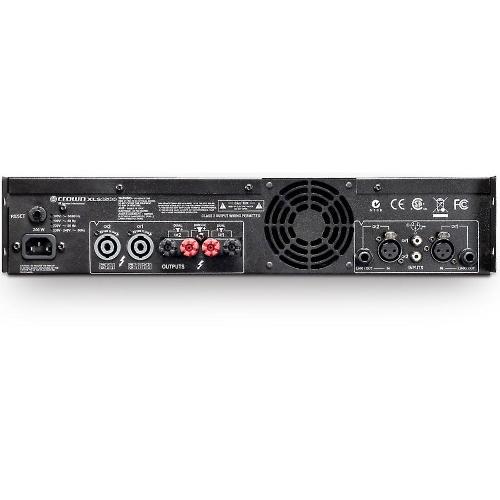crewxp
Head-Fier
- Joined
- Apr 11, 2008
- Posts
- 51
- Likes
- 10
Whenever I hook the speaker wiring from the receiver to my amp, the volume is extremely low when I play audio and the receiver constantly shuts off and says 'protection on'. I used a L/R RCA Cable and stripped the headphone part off to try to hook in the receiver. Is it my wiring or where I'm trying to plug into?
Do I use Front L/R or High/ Bi-Amp Front L/R?
The Ceiling Speakers were installed without specs given to me after they were installed. So it's hard to figure out how to wire them. There's about 8 speakers in total in the room
But when I hook my amp's headphone jack to my amp directly (instead of using speaker wire), everything works fine. But I feel this is just ignoring the issue. I want to create a permanent solution and make it not have a random wire sticking out the front.
Can someone tell me what's probably happening? The ideal setup is to use all 8 speakers for maximum audio coverage, all in stereo.
Here is my setup (In Order):
Sony STR DN840 Receiver (Bluetooth/Pandora Audio Hosting)
Atlas CP400 Amp
Episode ESS-6-BLK Speaker Selector (Left,Right,Ground,Ground going to Amp. 4 Wires)
Unknown Speakers installed. (16 wires going to selector, 8 speakers) [outdoor 70V/100V Speakers)
My failed Attempt's Setup:
I tried hooking the amp's L/R RCA Jack input slot to my receiver. I did this by stripping a RCA to Headphone Cable and plugging the L/R stripped part in the 'Front L/R' slots on the receiver. I didn't use the High Front or Bi/Amp Front L/R. Then I attached a ground wire to the two ground terminals since the RCA cable only had a Red/White cable, no ground. This caused my audio to be really low and the receiver to shut off.
Images:
Receiver Back:

Amp Back:

Switch Back:

Do I use Front L/R or High/ Bi-Amp Front L/R?
The Ceiling Speakers were installed without specs given to me after they were installed. So it's hard to figure out how to wire them. There's about 8 speakers in total in the room
But when I hook my amp's headphone jack to my amp directly (instead of using speaker wire), everything works fine. But I feel this is just ignoring the issue. I want to create a permanent solution and make it not have a random wire sticking out the front.
Can someone tell me what's probably happening? The ideal setup is to use all 8 speakers for maximum audio coverage, all in stereo.
Here is my setup (In Order):
Sony STR DN840 Receiver (Bluetooth/Pandora Audio Hosting)
Atlas CP400 Amp
Episode ESS-6-BLK Speaker Selector (Left,Right,Ground,Ground going to Amp. 4 Wires)
Unknown Speakers installed. (16 wires going to selector, 8 speakers) [outdoor 70V/100V Speakers)
My failed Attempt's Setup:
I tried hooking the amp's L/R RCA Jack input slot to my receiver. I did this by stripping a RCA to Headphone Cable and plugging the L/R stripped part in the 'Front L/R' slots on the receiver. I didn't use the High Front or Bi/Amp Front L/R. Then I attached a ground wire to the two ground terminals since the RCA cable only had a Red/White cable, no ground. This caused my audio to be really low and the receiver to shut off.
Images:
Receiver Back:
Amp Back:
Switch Back:





